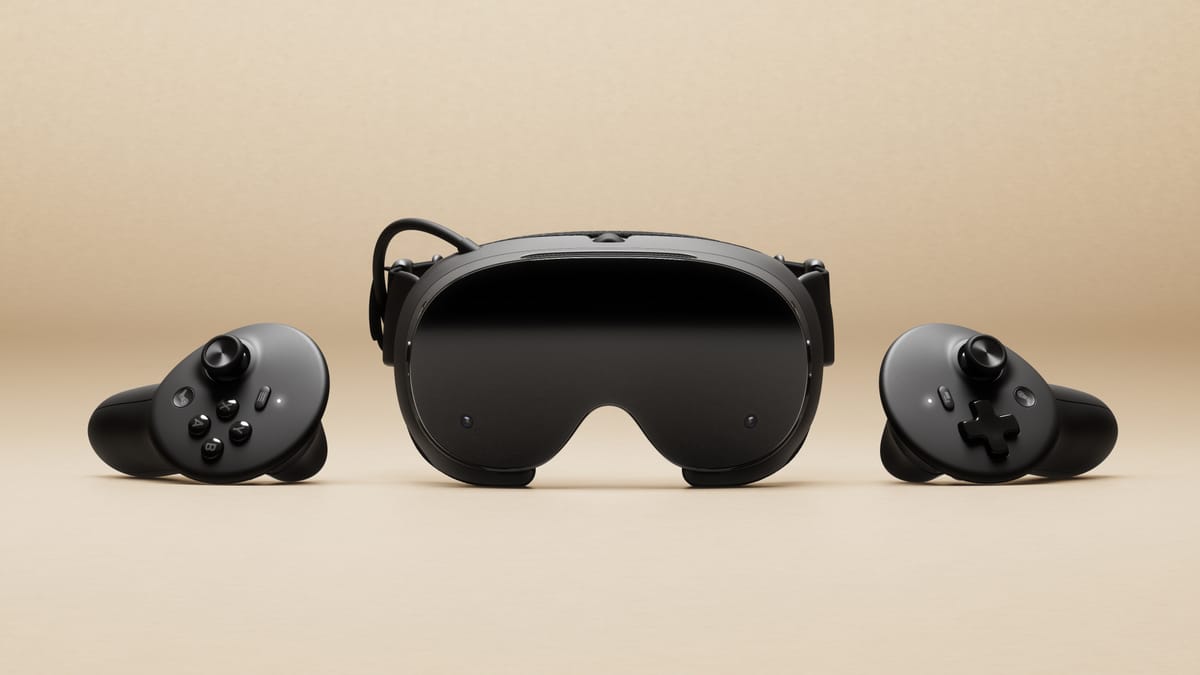Valve Unveils Steam Frame, a Wireless VR Headset Built for the Full Steam Library

- Steam Frame is a standalone VR headset that runs SteamOS and plays both VR and non-VR games directly on the device, with no PC required.
- It features high-resolution displays, eye-tracking for foveated streaming, inside-out tracking, and a new Verified program for standalone game compatibility.
Valve has introduced Steam Frame, a new standalone VR headset designed to run both VR and non-VR games from a user’s Steam library. Steam Frame runs SteamOS and supports standalone play for both VR and non-VR titles, with no need to stream from a PC. A new Verified program, similar to Steam Deck, will highlight which games are ready to run in standalone mode on the device.
Source: Valve
Steam Frame is designed for extended wear, with a compact, cable-free form factor and a balanced weight distribution between the front and rear. It’s powered by a Snapdragon 8 Gen 3 processor with 16GB of RAM and up to 1TB of storage, giving it the muscle to run demanding games natively. The headset uses 2160 x 2160 LCD panels per eye and custom pancake lenses to deliver sharp visuals across a wide field of view. Refresh rates up to 144Hz help keep motion smooth in fast-paced games. Eye-tracking enables foveated streaming, which improves image quality while reducing bandwidth by concentrating detail where the user is looking. Audio comes through dual speakers integrated into the headstrap, with vibration-canceling drivers that support clearer sound and more stable tracking.
For positional tracking, Steam Frame uses four onboard cameras to follow the movement of the headset and controllers with no external sensors required. Infrared support ensures accurate tracking even in low-light conditions. The controllers are tracked in space and include finger sensing for VR, along with standard inputs, thumbsticks, triggers, and buttons, for non-VR games.
A separate Steam Frame Developer Kit program is also underway, aimed at helping developers improve game compatibility. The new headset joins Valve’s expanding hardware family, with a full launch set for early 2026.
Source: YouTube / Valve
🌀 Tom’s Take:
Steam Frame shows Valve moving on from the Index era. The Index focused on high-end VR but required a PC and external sensors. Steam Frame simplifies everything and supports both VR and non-VR games. It’s a more practical approach that fits how players use VR today.
Source: Steam






